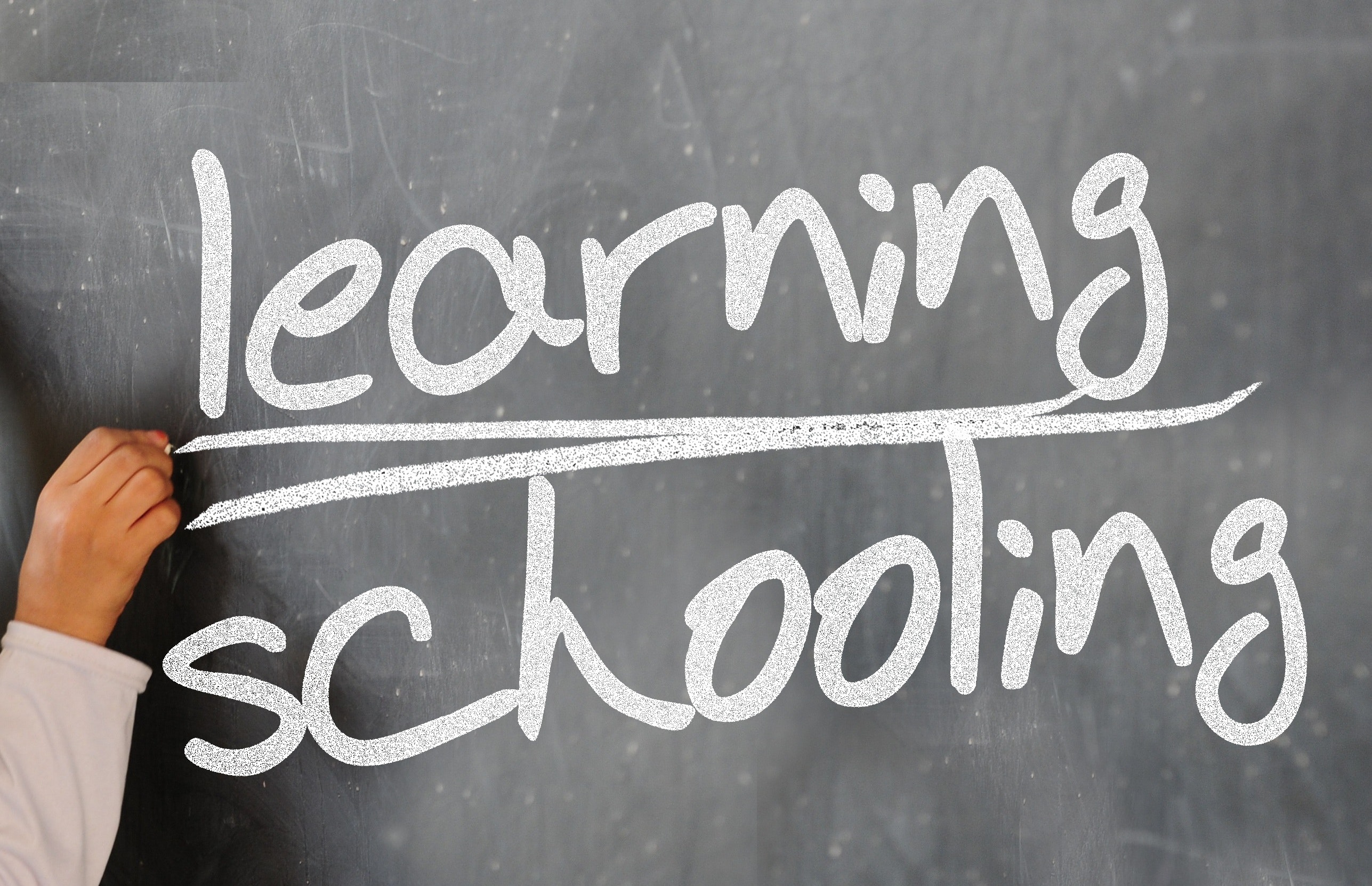My journey as a learner spans multiple learning experiences in face to face and online educational institutions with different impact on the way I learn and my overall philosophy on teaching and learning. From Kindergarten at Ecole Sainte Croix in my native homeland in Haiti to Graduate Studies at Walden University in my actual homeland, the United States of America, I can recall and report experimentation with a whole array of learning materials which Bruner (2005) would qualify as amplifiers or tools from the socio-cultural milieu serving the cause of education.
I will leave the inkwell, blotting paper, blot pens, and other paraphernalia of my educational experience rest in their grave as learning tools or technologies of a distant past. Withstanding the test of time and space as teaching and learning tools for me to date are pencils, erasers, pens, papers, notebooks, books, calculators, and computers which I started using in under graduate school as a Computer Science major in the mid 1980’s.
This was the beginning of the invasion or infiltration of computing in my learning efforts. While I did use the computer labs for Computer Science and Language courses, there was no Internet, email, and electronic databases in my specific school. Google, one of the major antennas in my connectivist mind map (retrieved from https://josephvermeille.files.wordpress.com/2013/01/jkvconnectivistmind.jpg?w=525), was not even conceived yet.
Then came the mid 1990s with the Internet, search engines, Google, yahoo, the proliferation of wireless gadgets, web 2.0 technologies, the commercialization of the internet, online learning, the digitalization of knowledge. This giant search engine Google which knows virtually everything was born on September 4, 1998 (retrieved from http://www.google.com/intl/en/about/company/). With the Internet, everything changed. Until then, I had to reply on books, physical libraries, and dictionaries for all my papers and other academic activities.
My first online excursions were with America Online at the cost of $2.50 per hour. I truly started using the internet for educational and research purposes in 1996 for professional development and later on as a Graduate Student at Columbia University. And since then, everything changed, including the way I learn, especially since I started the online doctoral journey at Walden University.
My educational philosophy rests at the intersection of the constructivist (Driscoll, 2006) and connectivist (Siemens, 2006) learning theories with a focus on learning by doing, learner centered pedagogy, and connectedness to the sources of knowledge. My connectivist mind map (retrieved from https://josephvermeille.files.wordpress.com/2013/01/jkvconnectivistmind.jpg?w=525) should reveal the sources I rely on in my learning efforts. We know that with Google.com, Wikipedia.com, Refdesk.com, and others, relative knowledge of everything seems to have been made accessible to all with some prejudice while blunt ignorance seems to have been banned from our modus operandi. I invoke some prejudice to exonerate those lacking access privileges to literacy and the internet.
The new operational mindset on learning about everything, including the location of a phone number, private information on anyone, or direction to a location is to go and ask Google. Indeed Google does help, and is sometimes too generous. It is exactly the generosity of search engines with the flood of information returned which, with other criteria, imposes the mastery of a few critical skills for survival in the 21st Century learning environment.
The first critical skill, filtering, spells the ability to navigate the vast maze of data which engulf our universe. Simply put, there is too much to learn, to know, to read about, or to consume too fast, even in an online classroom. Filtering calls for the mastery of critical thinking via the application of Boolean logic and the ability to identify the credibility of the sources of information. Filtering can also be used as a reading strategy for reading “in context” in contrast to reading “by line” in the traditional top down fashion.
Collaboration, communication, interaction, and networking stand as the second set of critical skills in in the 21st Century learning environment. The idea of a connectivist mind map and Driscoll (2006) instructions on constructivism suffice to illustrate. My last but not my least critical skill for survival in the new environment is the ability to self-educate, to learn how to learn, to learn to unlearn, and to learn to relearn (Friedman, 2006).
I would like to conclude this blog with a fascinating youtube video which essentially presents the profile of the 21st Century learner at the K-12 level (retrieved from http://www.youtube.com/watch?feature=player_detailpage&v=_A-ZVCjfWf8.). Conscientiously, seriously, who has more to learn, the old or the new generation?
References:
Bruner, Jerome (1973) The Relevance of Education.New York: Norton Publishing
Driscoll, M. P. (2005). Psychology of learning for instruction (3rd edition). Boston, MA: Pearson Education.
Friedman, T. L. (2006). The world is flat: A brief history of the twenty-century. New York, NY: Farrar, Straus, and Giroux.
Siemens, G. (2006). Knowing knowledge
Other students’ Blogs I commented on:
http://www.howardjbrent.com/blog.html
http://drmountnrat.wordpress.com
http://educ7105learningtheoryandeducationaltechnology.wordpress.com
